
Our Favourite White and Green Houseplants
If you’re wanting to bring a little something different into your urban jungle, then these white and green houseplants are the ones you need. We have curated a list of our favourite ones which include easy to care for plants, fussier plants and just outright gorgeous ones! There’s something for everyone and every home.
Along with each plant, you’ll also find our short bio that includes care information and tips to help them thrive!
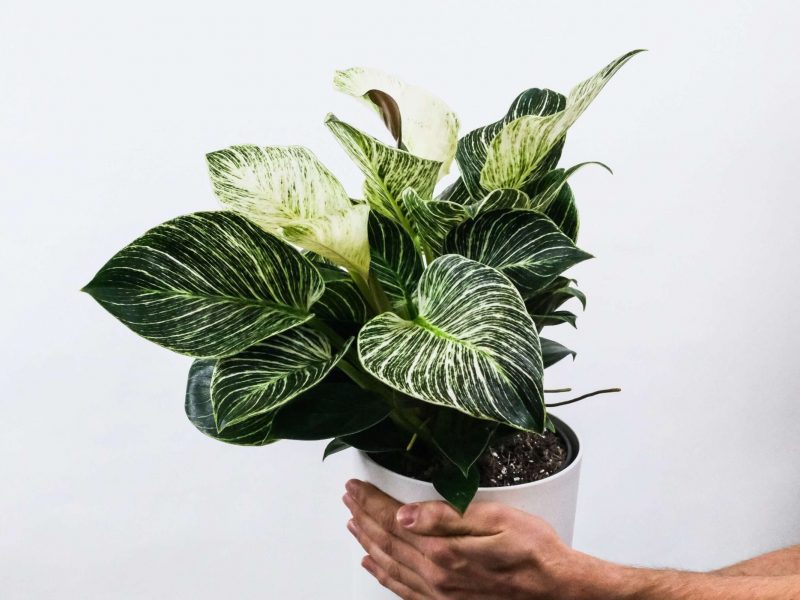
Philodendron Birkin
Philodendron Birkin
This used to be an extremely rare and unknown plant but over the past few years, it’s definitely gained a place in the houseplant walk of fame! Unlike a lot of its Philodendron relatives, the Birkin is a non-vining plant that stays pretty compact, making it great for windowsills and smaller spaces.
Loved for their green and white striped leaves, the Philodendron Birkin needs a humid environment to really thrive. This is because they are native to the rainforests of Brazil so be prepared for regularly misting (or just buy a humidifier), as otherwise, you’ll see brown leaves appear pretty quickly. With the right care and environment, the Birkin can be a pretty quick grower so it’s definitely worth a little bit of extra hassle.
Find out more in our Philodendron Birkin care guide.
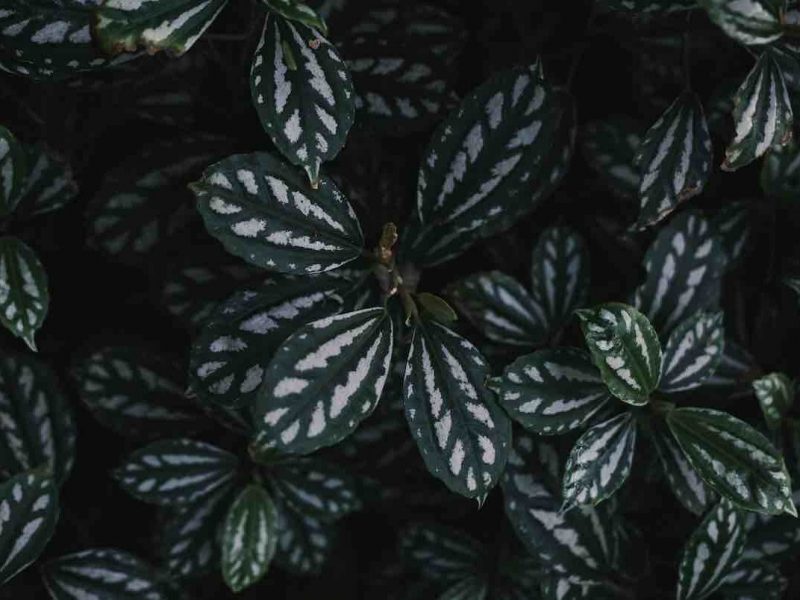
Aluminium Plant
Pilea cadierei
This low maintenance, fast-growing houseplant can sometimes be quite underrated in the houseplant world. Each leaf on an Aluminium Plant has its own unique set of white/silver streaks and splashes, so it’s easy to see how it got its name!
Native to China and Vietnam, this houseplant tends to spread out rather than grow tall. The one thing to be wary of is its root system as it can grow so extensively that it can often break through the pot so you want to make sure you’re repotting this plant yearly!
When it comes to care, bright but indirect sunlight and moderate amounts of water will keep them happy. They are quite forgiving and easy to please so keeping this one thriving doesn’t need a lot of work so we often recommend this as a great entry-level plant.
Find out more in our Aluminium Plant care guide.
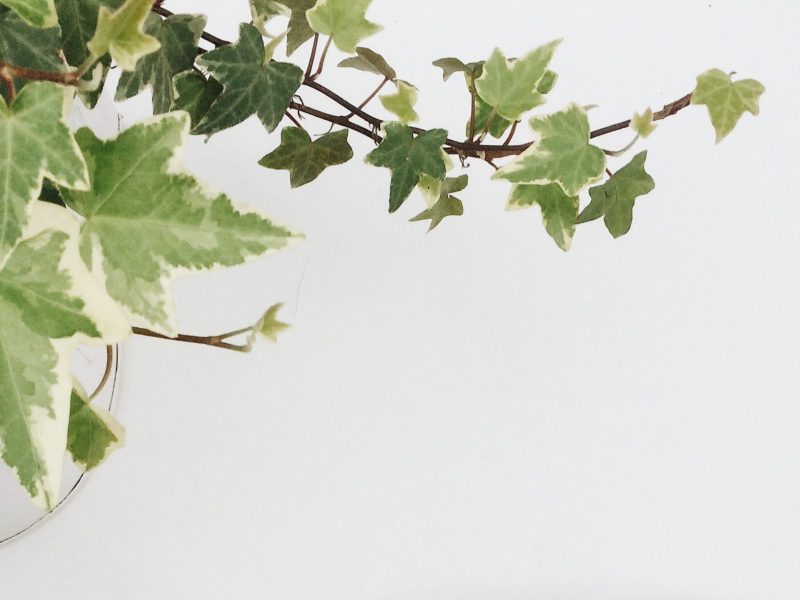
English Ivy
Hedera helix
Although they are most commonly known as outdoor plants, you can very successfully grow an English Ivy indoors as long as you give it enough light. We are obsessed with the white variegated English Ivy but if not given enough sunshine, the new leaves will lose all of that variegation.
Included in the NASA Clean Air Study, the English Ivy is great at removing toxins from the air so we recommend having this around your home. They are also believed to sometimes be able to improve allergy symptoms so as well as looking lush, they have great benefits for us too. They are also super fast-growing plants so you want to place them on a high shelf making sure they have enough space to cascade downwards.
Find out more in our English Ivy care guide.
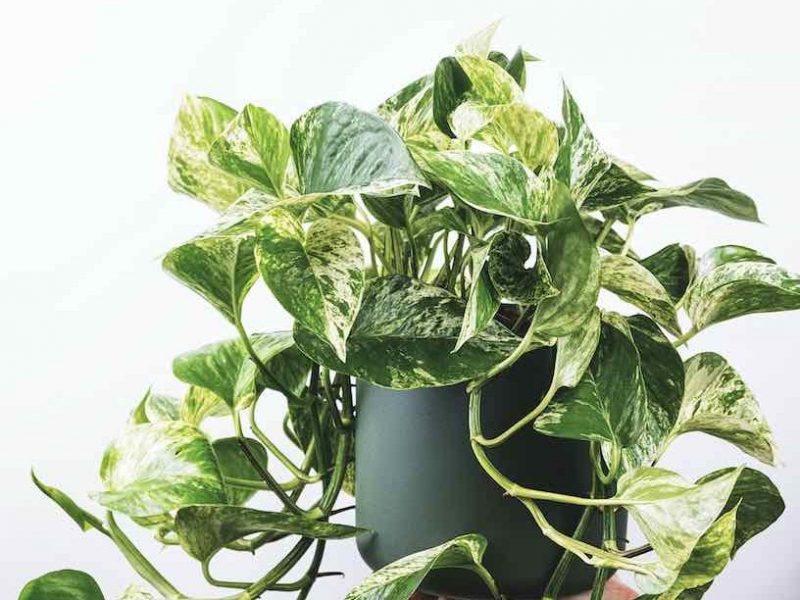
Marble Queen Pothos
Epipremnum Pinnatum
There are so many different varieties of Pothos plants, all with slightly different leaf variegation but the Marble Queen is definitely one of our favourites. Getting its name from the white marble-like variegation on its leaves, it’s an easy-going, hardy and low light loving plant that can adapt to most spots in your home.
The Marble Queen Pothos is a pretty fast-growing plant so make sure you have enough space for it to mature. You can choose to grow them as trailing plants with long cascading vines or vertically by attaching them to a moss pole. Pothos plants are unfortunately toxic so you’ll want to keep them away from pets and small children who might try and nibble on the low hanging leaves.
Find out more in our Marble Queen Pothos care guide.
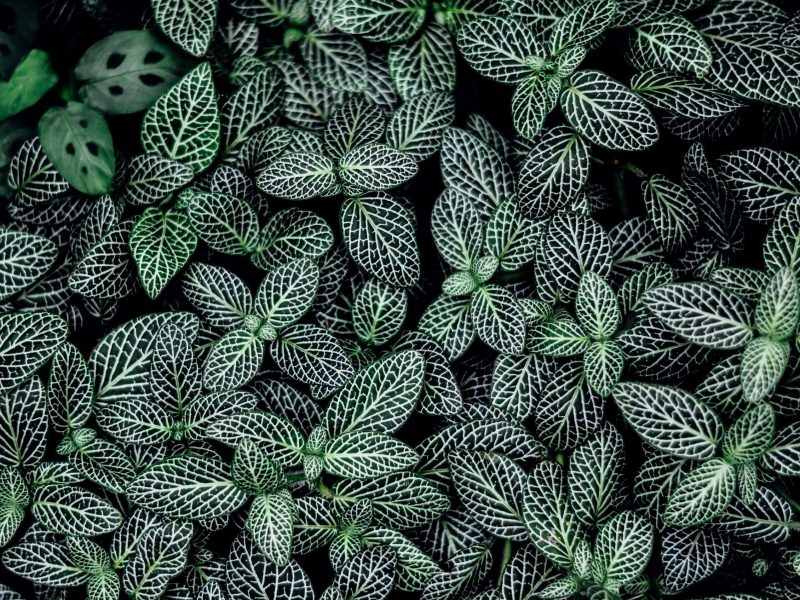
Nerve Plant
Fittonia albivenis
With delicate leaves, Nerve Plants are low-growing spreader plants that aren’t always the easiest to care for. The most popular and common variety is white and green-veined, though you’ll also often spot varieties with white, pink or red veins and leaves too!
They have quite specific care requirements though so we don’t tend to recommend them to beginner plant parents as they are quite fussy about balancing the level of light, water, humidity and temperature. If there is one tip we can give you it would be to mist your plant at every opportunity you have to prevent them from drying out. But if you can get the care routine nailed down, then they are totally worth the extra hassle!
Find out more in our Nerve Plant care guide.
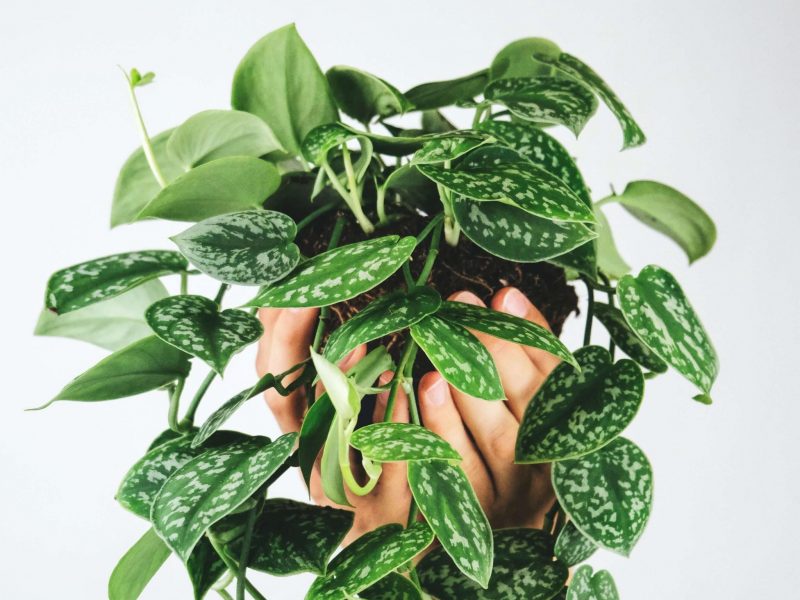
Satin Pothos
Epipremnum pictum Argyraeus
Known for their unique white speckled leaves, the Satin Pothos is the perfect houseplant for every plant parent as they are super simple to care for. They can grow quite quickly in the right conditions and are very easy to propagate, so cuttings and young plants can make great gifts.
Bright, indirect light and a consistent watering schedule will keep them happy and thriving. Avoiding colder rooms or areas with dryer air will really help in making sure your Satin Pothos will stay healthy all year round.
Originating from southeast Asia these plants will also appreciate a little extra humidity, so spraying them with a mist bottle every now and then will keep them closer to their natural environment.
Find out more in our Satin Pothos care guide.
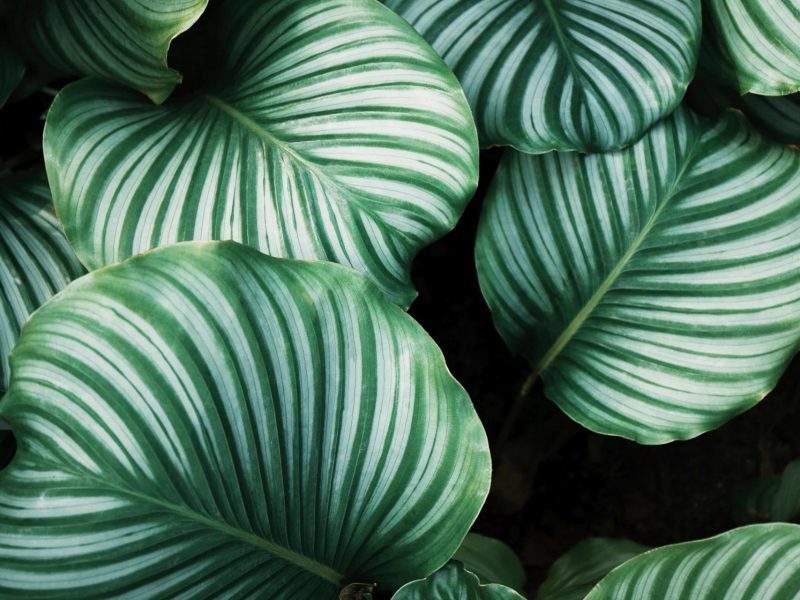
Calathea Orbifolia
Calathea Orbifolia
With their striking green and silver striped leaves, the Calathea Obifolia is the perfect plant for those looking for a little something different as they transport you straight to the tropics! There are a few things to look out for when caring for a Calathea Obifolia, firstly, avoid direct sunshine as this will burn their beautiful leaves. They also like some moisture in the soil but hate sitting in soggy soil, so finding the right balance is key.
Another thing we love about Calathea Obifolia plants is that they are safe for pets and humans, so you don’t need to worry about bringing them into your home. Although it was once slightly rare, you should now be able to get your hands on one of these pretty easily in nurseries and larger plant shops around the world.
Find out more in our Calathea Orbifolia care guide.

Chinese Evergreen
Aglaonema
If you find that you are often killing your houseplants and you can’t seem to figure out why, then the Chinese Evergreen is the one for you. Native to South-East Asia, they are so hardy that they’ll grow and thrive in basically any home so it’s the perfect beginner plant.
Chinese Evergreens have incredible leaves, full of splashes of white, silver or pink depending on the particular variety. They are quite slow growing though (as most hardy plants are), so don’t expect a lot of new growth every year.
Find out more in our Chinese Evergreen care guide.
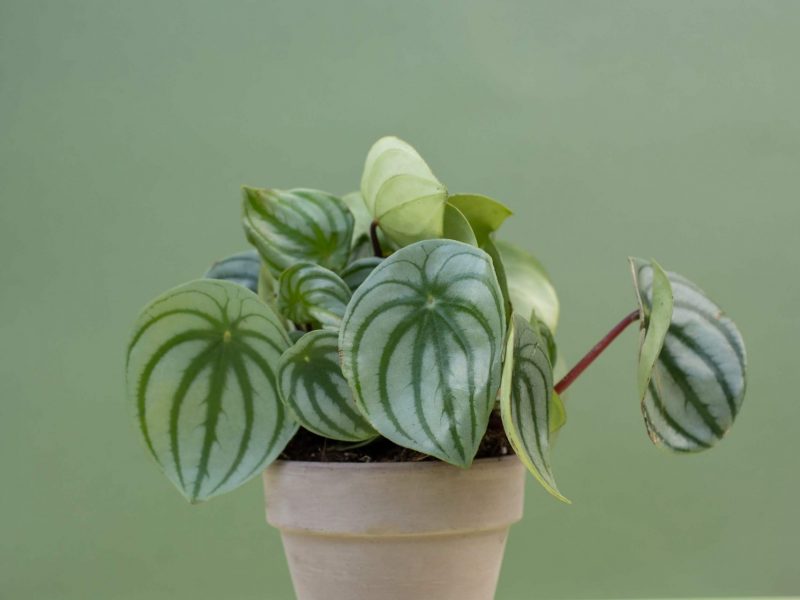
Watermelon Peperomia
Peperomia argyreia
There aren’t really many leaves that are more beautiful and striking than those of the Watermelon Peperomia. It’s not difficult to know where they got their name from, as their silvery stripes steal the hearts of plant parents everywhere.
They are quite a delicate plant though, as their large heavy leaves are held up by relatively weak stems so be prepared to lose a few leaves here and there. Another thing to be prepared for when owning this plant is all of your friends wanting a cutting, but luckily this plant is super easy to propagate so no problems there!
Native to South Africa, the Watermelon Peperomia prefers mid-light levels, as they are used to the dappled conditions of the jungle floor. Oh, and as they are a semi-succulent, it’s important you don’t water this one too much or the stems can give up and the whole plant will droop and wilt.
Find out more in our Watermelon Peperomia care guide.
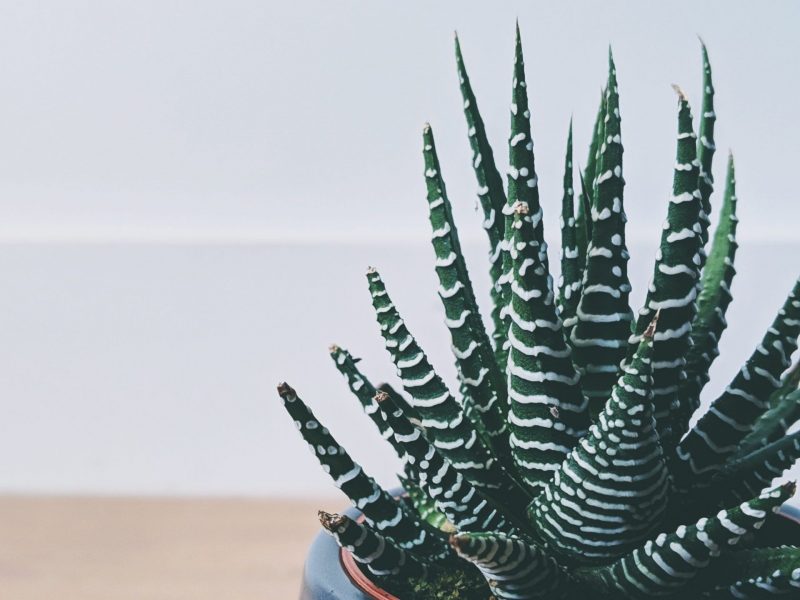
Zebra Cactus
Haworthiopsis attenuata
Named after their white striped leaves, Zebra Cacti are super easy to care for and pretty much thrive from being forgotten about. Native to South Africa, this small succulent needs a good amount of sunshine and warmth to thrive but humidity is something you really don’t need to worry about with these plants. As with a lot of other succulents, water your Zebra Cactus sparingly as they are quite sensitive to overwatering and leaf rot.
With the right care and environment, you should expect to see your Zebra Cactus bloom but don’t get too excited as the flowers can be quite underwhelming. But to make up for it, these plants are non-toxic so safe for children and pets that might be tempted to nibble on the leaves.
Find out more in our Zebra Cactus care guide.
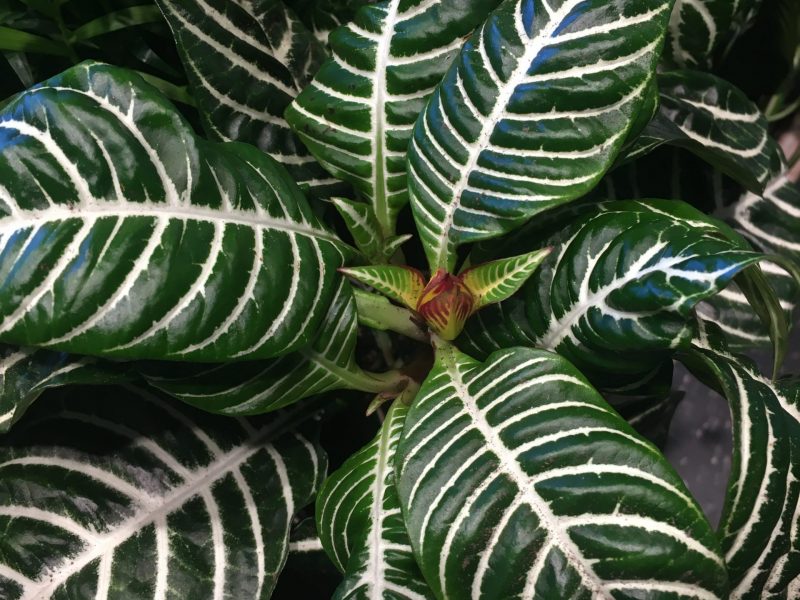
Zebra Plant
Aphelandra squarrosa
We’re seeing this plant pop up more and more which makes us super happy! Known and adored for their dark green leaves with striking white veins, the Zebra Plant is pretty slow growing but can reach up to a couple of feet when grown indoors.
Native to Brazil, these plants need high humidity, warm temperatures and bright but indirect light. When it comes to watering, they like their potting mix to be consistently moist but not soggy which can be a bit of a challenge for more novice plant parents.
Zebra Plants are also non-toxic so you don’t need to worry about having them around your family or furry friends.
Find out more in our Zebra Plant care guide.














